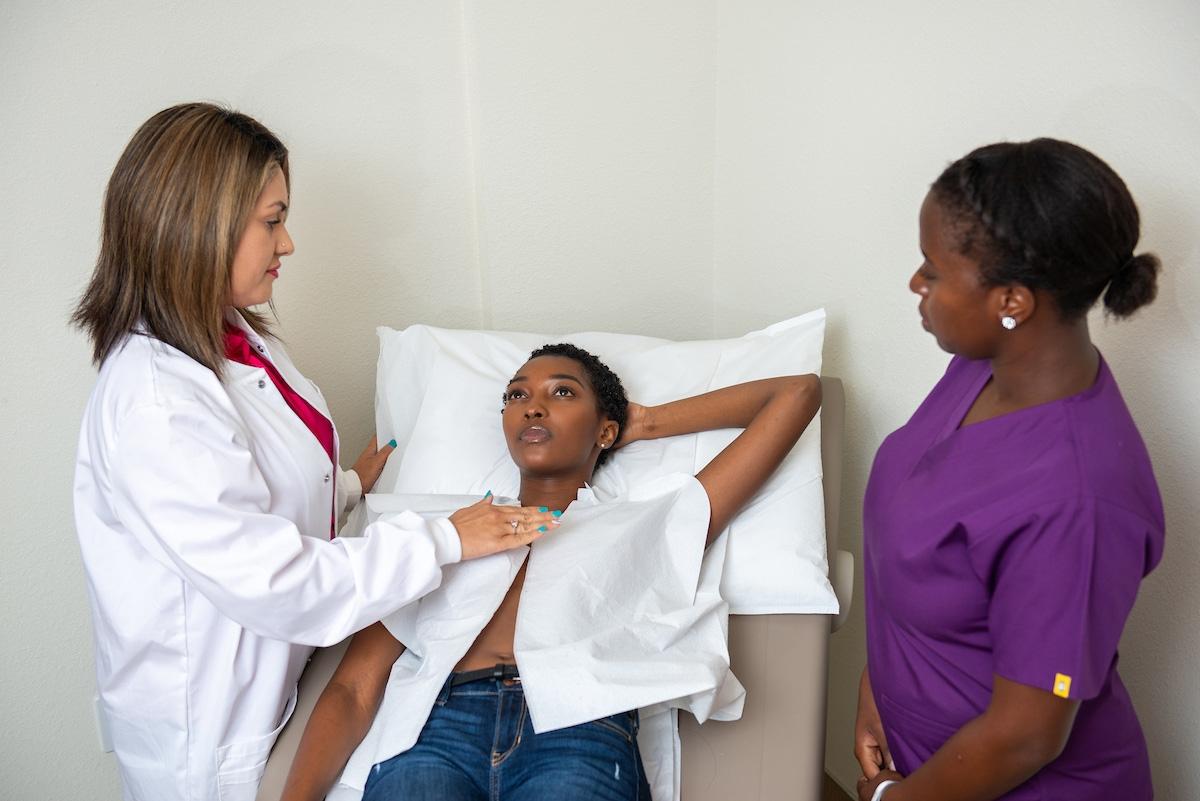When Ohio lawmakers moved to eliminate funding for Planned Parenthood a few years ago, supporters of the legislation said community clinics and other state-funded providers would pick up the slack on women’s health services.
So far, though, little slack has appeared. Planned Parenthood in Ohio, for the most part, has used private funds to maintain the services that public money had paid for, and the state is still working through how it will distribute grants and reimbursements that had previously gone to Planned Parenthood.
Get the news delivered to your inbox: Sign up for our politics newsletter
The state’s two Planned Parenthood organizations estimate that they had won state grants totaling about $704,500 in the most recent rounds of funding, but that does not include reimbursement programs and diagnostic kits that, in the past, have been worth hundreds of thousands of dollars.
The Ohio Department of Health is working to move one grant to a new provider, and it plans to seek bids for a program to reduce infant mortality for the 2020 fiscal year. Local health departments that had contracted with Planned Parenthood for an HIV prevention program have transitioned to other providers, including the Cleveland Clinic and federally qualified health centers. The department says actual Planned Parenthood grants were closer to $500,000.
“Our goal during this funding transition was to comply with Ohio law, but more importantly, to make sure that residents had continued access to services,” said Jose Rodriguez, health department spokesman, in an email.
Anti-abortion advocates had pushed for years to cut off funding for Planned Parenthood because of its link to abortion. The organization runs abortion clinics, and it refers women to other clinics that provide abortions.
But under past laws, no state dollars were used to pay for abortions. Instead, the state provided grants for testing and treating sexually transmitted diseases and programs to reduce infant mortality in northeastern Ohio. Other programs included reimbursements for screenings for breast and cervical cancer.
“There were several programs that were targeted in this bill. They serve all kinds of populations. None of them have anything to do with abortion services, however truly that was the intent,” said Diego Espino, a vice president at Planned Parenthood of Greater Ohio.
Planned Parenthood’s funding is “smoke and mirrors,” said Aaron Baer, president of Citizens for Community Values. Even if its grants and reimbursements don’t pay directly for abortions, the state money frees up its other funds to do so, he said.
“At the end of the day, money is fungible,” he said. “That money is paying for that room, paying for medical supplies, lights and air conditioning being on. … To claim that somehow their money is completely separated out is nonsense.”
In the past decade, the number of abortion providers in Ohio has dwindled to nine, including seven that offer both the surgical procedure and medication for removing the fetus, said Kellie Copeland, executive director of NARAL-Pro Choice Ohio.
Planned Parenthood is still providing women’s health services, but its officials said that doesn’t mean Ohio’s landscape for females to obtain care was left unharmed by the loss of state funding. A similar move at the federal level eliminated Title X funding that was used to make services more affordable for patients, and the organization might soon need to charge patients more.
The state programs won’t be as efficient either, Espino said. For example, Planned Parenthood received about a quarter of the state’s reimbursements for an infertility-prevention program while serving half of the people in the state who use it, he said.
Planned Parenthood of Greater Ohio had received a $398,000 grant through September, Espino said, for a program to reduce infant mortality in Mahoning and Trumbull counties, where it served 293 families during and after pregnancy. Espino said that program continues without state funding, although the state system continued to send it referrals after the state funding ended.
“They’re relying on Planned Parenthood continuing to service those counties,” he said.
Rodriguez said a technical glitch led to three referrals being sent to Planned Parenthood between April 21 and July 2, but only one was served, and the problem has been fixed. No state or federal tax dollars were spent on those referrals, he said.
Health departments in Cleveland and Canton and in Hamilton, Montgomery and Summit counties used state money to contract with Planned Parenthood affiliates to offer free HIV testing. Planned Parenthood continues to offer HIV testing, but it is working with patients to see if they qualify for Medicaid, have personal insurance or can enroll in a payment plan.
“I do worry what happens to those patients. The need doesn’t go away to be tested for an STI or to have contraceptives or a breast exam,” Copeland said.
Those local health departments have started routing their state funding to other organizations as well, according to the state Department of Health.
Summit County is working with an existing provider. Montgomery County shifted its funding to Equitas Health. Hamilton County brought the work in-house. Cleveland is working with the Cleveland Clinic to expand testing and is considering a partnership with a federally qualified health center. Canton has shifted funding to a federally qualified health center.
Federally qualified health centers are community-based health care providers that receive money from the federal government to provide primary care to underserved areas. They receive both state and federal dollars and are designed to be “safety net” care for those in greatest need. Nearly 60% of such centers’ patients are on Medicaid.
While Planned Parenthood faces continuing opposition, these community health centers have thrived. Randy Runyon, the CEO of the Ohio Association of Community Health Centers, said much of the boost the centers have seen lately is due to the Affordable Care Act, or Obamacare.
The ACA expanded Medicaid eligibility and set aside $11 billion to support and expand the nation’s health center infrastructure.
The association had 35 member organizations and fewer than 200 sites in 2010, before many of Obamacare’s major provisions came into force. Now, it has 55 member organizations and nearly 350 sites.
Obstetrics and gynecology are among the many services required of community health centers. The association’s director of policy and public affairs, Julie DiRossi-King, said her group’s affiliates have nearly 300 physicians, 10% of whom are OB-GYN specialists.
“It’s perfectly legal and constitutional to remove this money,” said Mike Gonidakis, president of Ohio Right to Life. “The defunding reflects the pro-life majority in Ohio that doesn’t want to see its tax dollars go toward paying for abortions.”
The state health department also continues to fund more than 600 providers that offer screenings for breast and cervical cancer around the state, and to offer reimbursements for screenings for sexually transmitted disease statewide, Rodriguez said.
Planned Parenthood of Southwest Ohio still is offering a sex education program, testing for sexually transmitted diseases and screening for cervical cancer, but it might have to change its sliding-fee scale to adjust for the loss of funds, said Kersha Deibel, its president.
“At the end of the day, we are still providing these services. We’re exploring some other funding opportunities,” she said. “We are not in the business of turning our backs (on patients).”
@RickRouan
@BenDeeter

















